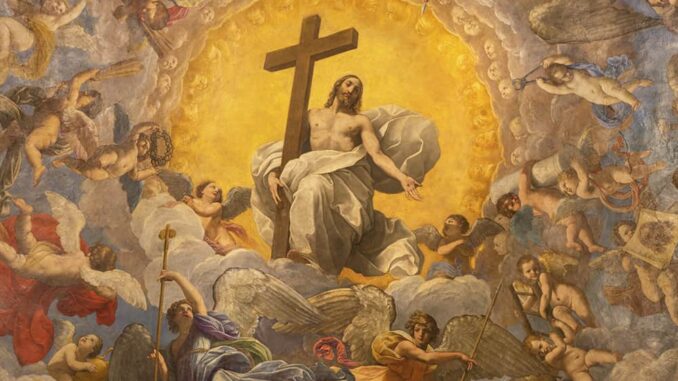
Who is a Modern Day Mystic? Well, first of all a modern day mystic is The Mystical Christ. According to the Wikipedia, “a mystic is one who practices mysticism”; “Mysticism (comes from the Greek, mystikos, an initiate of a mystery religion) It is the pursuit of communion with, identity with, or conscious awareness of an ultimate reality, divinity, spiritual truth, or God through direct experience, intuition, instinct or insight. Mysticism usually centers on a practice or practices intended to nurture those experiences or awareness.”
The essential part of being a mystic is the direct experience of the Divine, whether through personal experience, intuition or insight. Mystical experience shares this common thread through all religions. There are Catholic mystics, i.e., St John of the Cross, St. Teresa of Avila; Islamic mystics and the Sufis, i.e., Jalaladdin Rumi, Kahil Gibran; Hindu mystics, such as; Patanjali, Paramahansa Yogananda, Sri Aurobindu; Taoist mystics, i.e., Lao Tsu, Chang Tzu and many others.
According to Evelyn Underhill, there is a process of mystical experience that she delineates into five stages:
“First is the awakening, the stage in which one begins to have some consciousness of absolute or divine reality. The second stage is one of purgation which is characterized by an awareness of one’s own imperfections and finiteness. The response in this stage is one of self-discipline and mortification. The third stage, illumination, is one reached by artists and visionaries as well as being the final stage of some mystics. It is marked by a consciousness of a transcendent order and a vision of a new heaven and a new earth. The great mystics go beyond the stage of illumination to a fourth stage which Underhill, borrowing the language of St. John of the Cross, calls the dark night of the soul.
This stage, experienced by the few, is one of final and complete purification and is marked by confusion, helplessness, stagnation of the will, and a sense of the withdrawal of God’s presence. It is the period of final “unselfing” and the surrender to the hidden purposes of the divine will. The final and last stage is one of union with the object of love, the one Reality, God. Here the self has been permanently established on a transcendental level and liberated for a new purpose. Filled up with the Divine Will, it immerses itself in the temporal order, the world of appearances in order to incarnate the eternal in time, to become a mediator between humanity and eternity.”
Not all mystics go through all these stages of mystical experience, nor do they have to undergo them in any kind of special order. But Underhill’s depiction of mystical experience is a good description of what many mystics go through. The Yoga Sutras of Patanjali is also a good outline of the process of mystical experience. Basically Patanjali discusses eight steps of mystical yoga practice. They consist of: Yama, Niyama, Asana, Pranayama, Pratyahara, Dharana, Dhyana and Samadhi. The first five steps of: Yama, Niyama, Asana, Pranayama and Pratyahara are ways to purify the mind and body, preparing one for deep mediation. This would be similar to the awakening and purgation stages of Underhill’s mystical experience.
